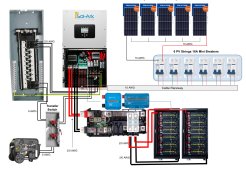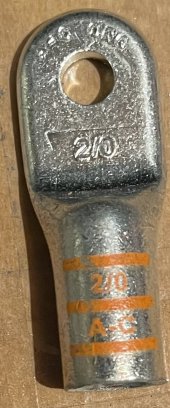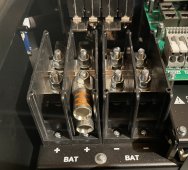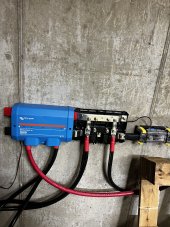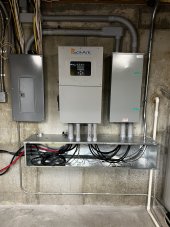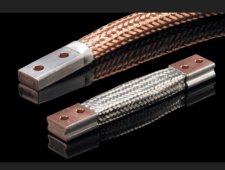Chickenstick
New Member
- Joined
- Jan 21, 2021
- Messages
- 14
Happy New Year everyone!
First a note of thanks to everyone here and to our gracious host for all of the shared knowledge and experience - this forum is awesome!
I'm planning my DIY hybrid, whole-house backup grid tie system in preparation for my permitting submission and wonder if some members could critique/comment on my design. Major components include: Sol-Ark 15k Limitless AIO, 200 amp fused-disconnect, 200 amp 2-pole double throw manual bypass transfer switch, a wireway and polaris connectors to keep everything neat, EG4 LifePo batteries in a server rack, Silfab SIL 490 HN panels mounted on both roof and ground.
Neutral and ground connections were a real head scratcher for me! I'm hoping that I accurately followed the good advice from this forum.
Thanks all!
First a note of thanks to everyone here and to our gracious host for all of the shared knowledge and experience - this forum is awesome!
I'm planning my DIY hybrid, whole-house backup grid tie system in preparation for my permitting submission and wonder if some members could critique/comment on my design. Major components include: Sol-Ark 15k Limitless AIO, 200 amp fused-disconnect, 200 amp 2-pole double throw manual bypass transfer switch, a wireway and polaris connectors to keep everything neat, EG4 LifePo batteries in a server rack, Silfab SIL 490 HN panels mounted on both roof and ground.
Neutral and ground connections were a real head scratcher for me! I'm hoping that I accurately followed the good advice from this forum.
Thanks all!




